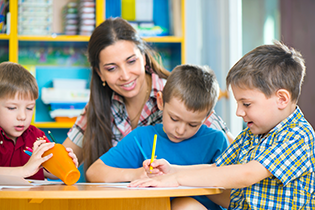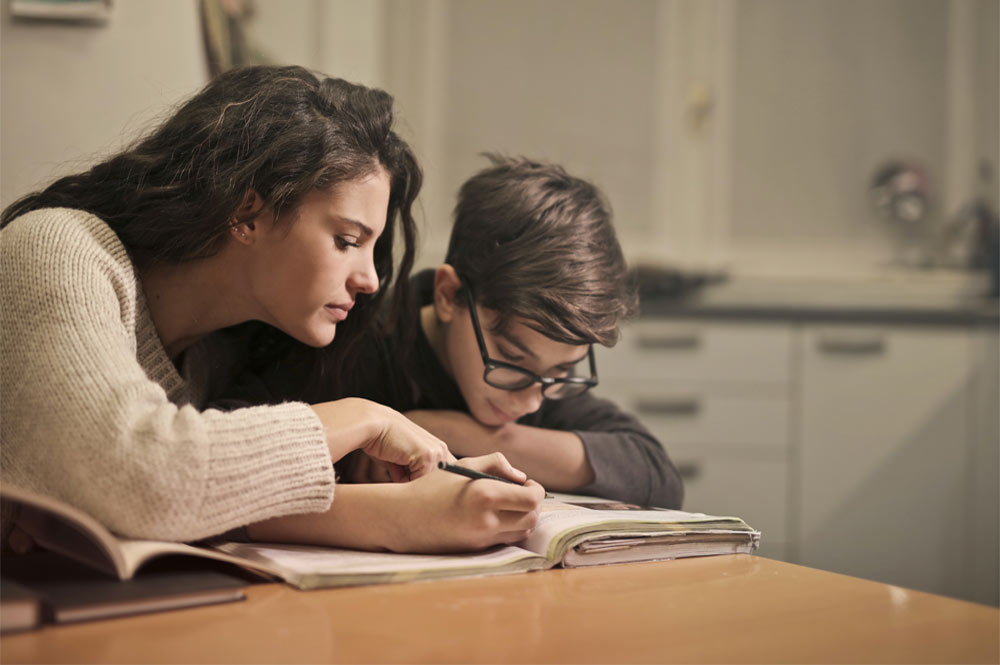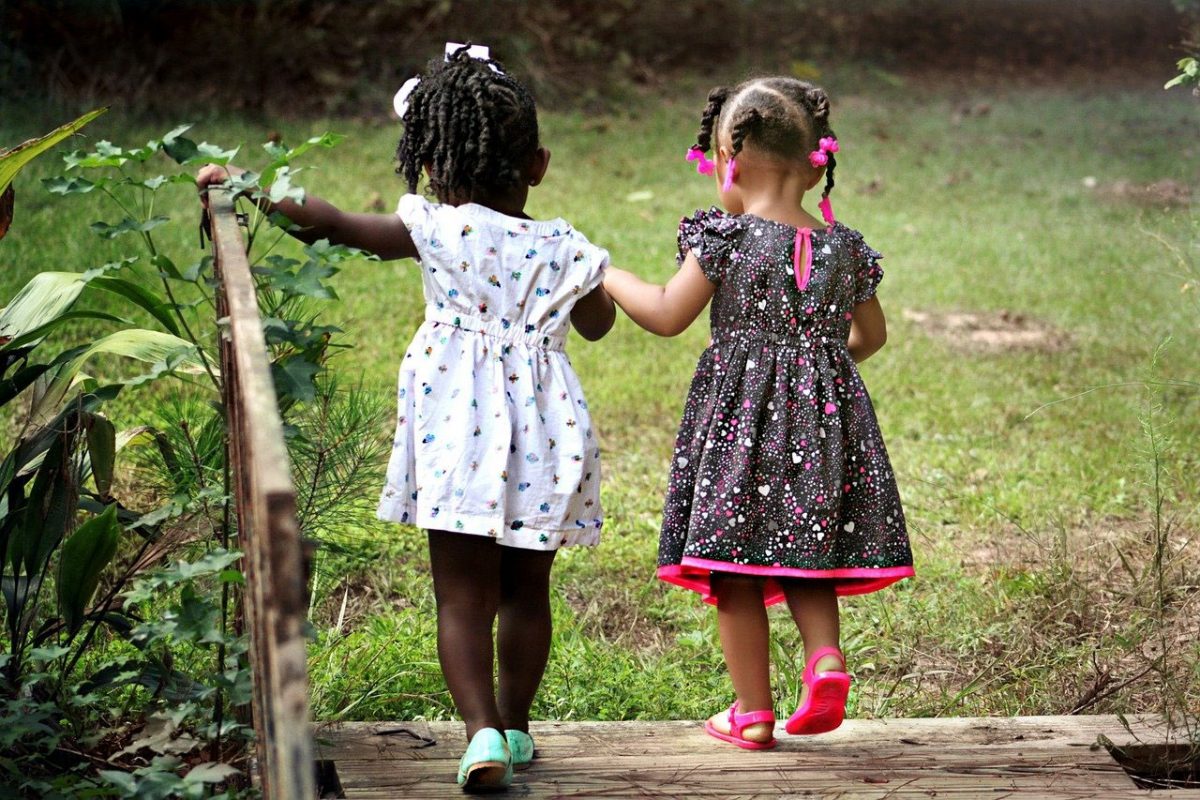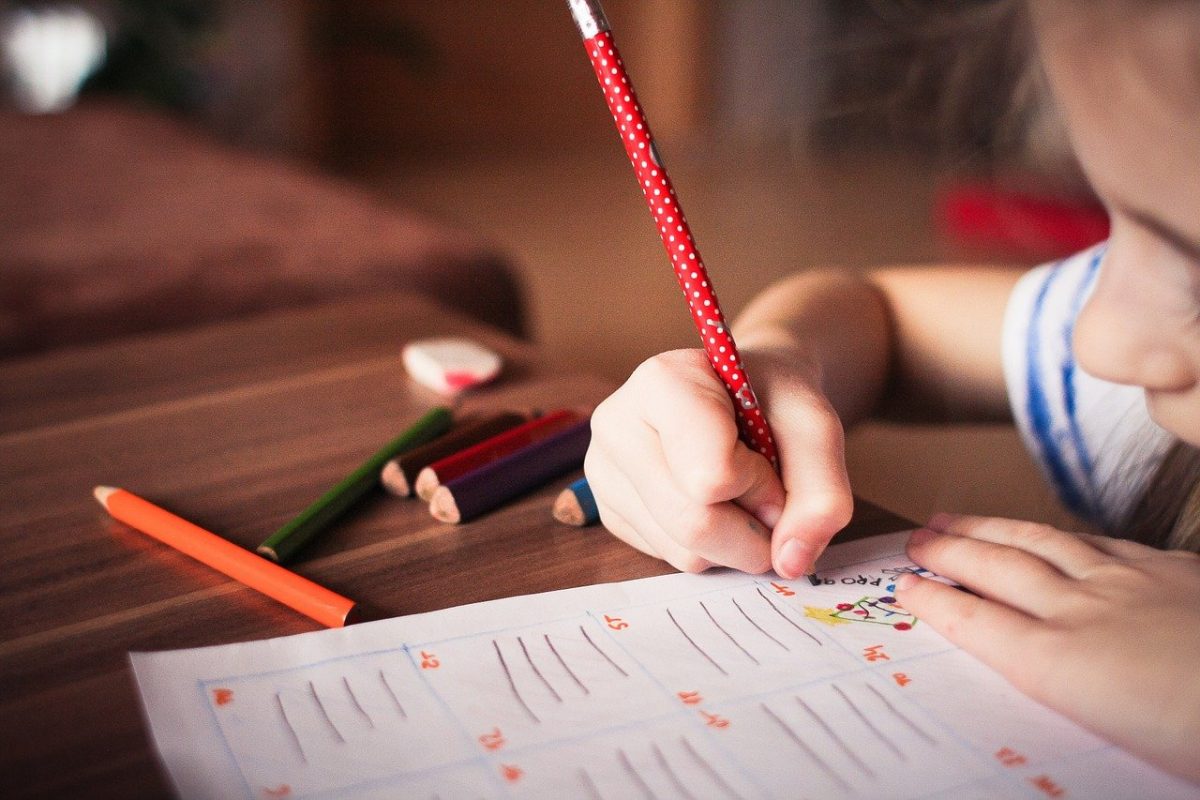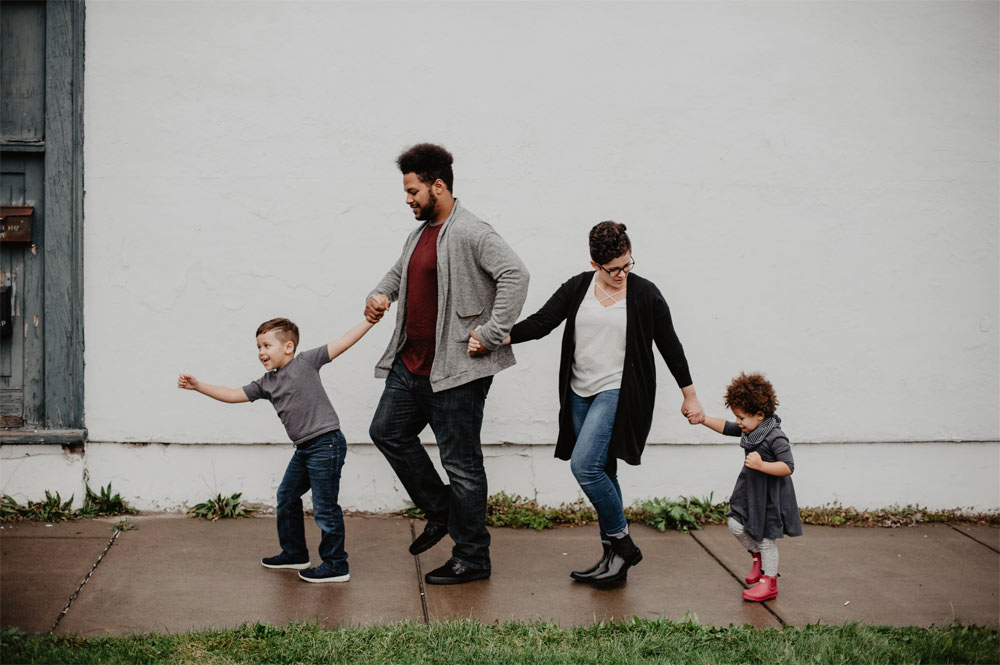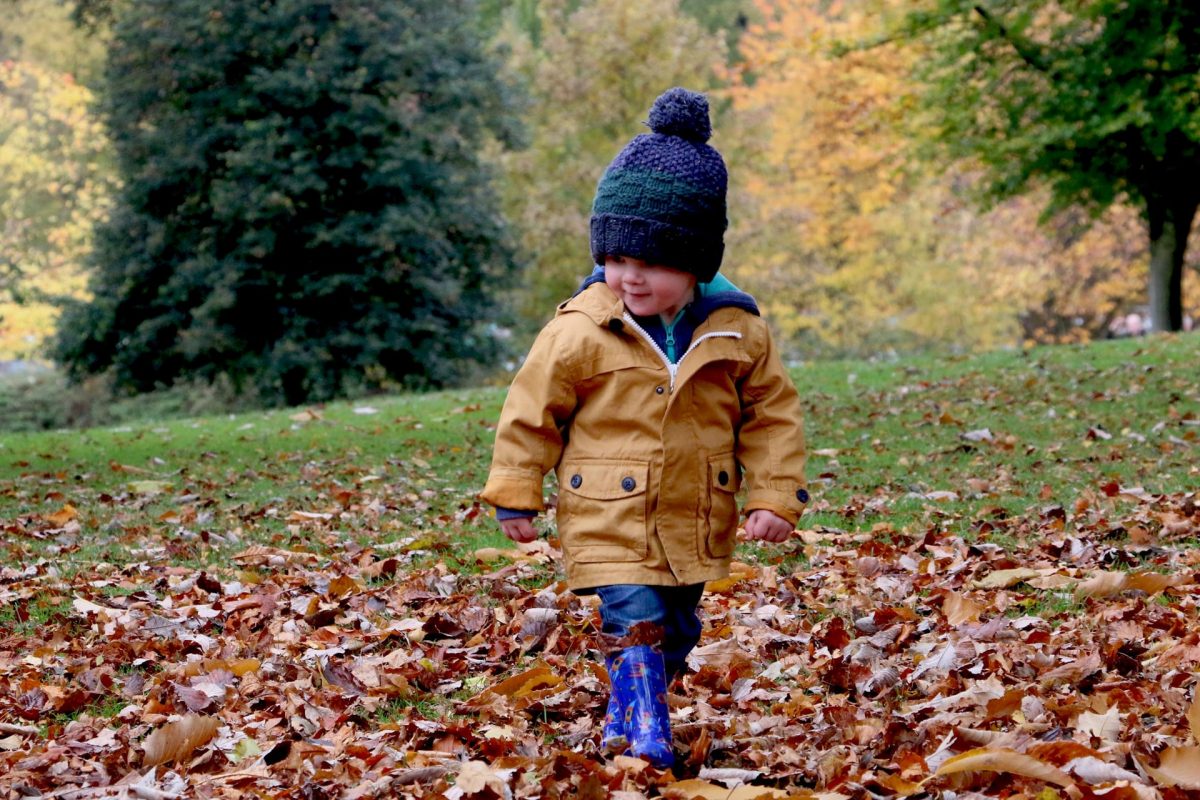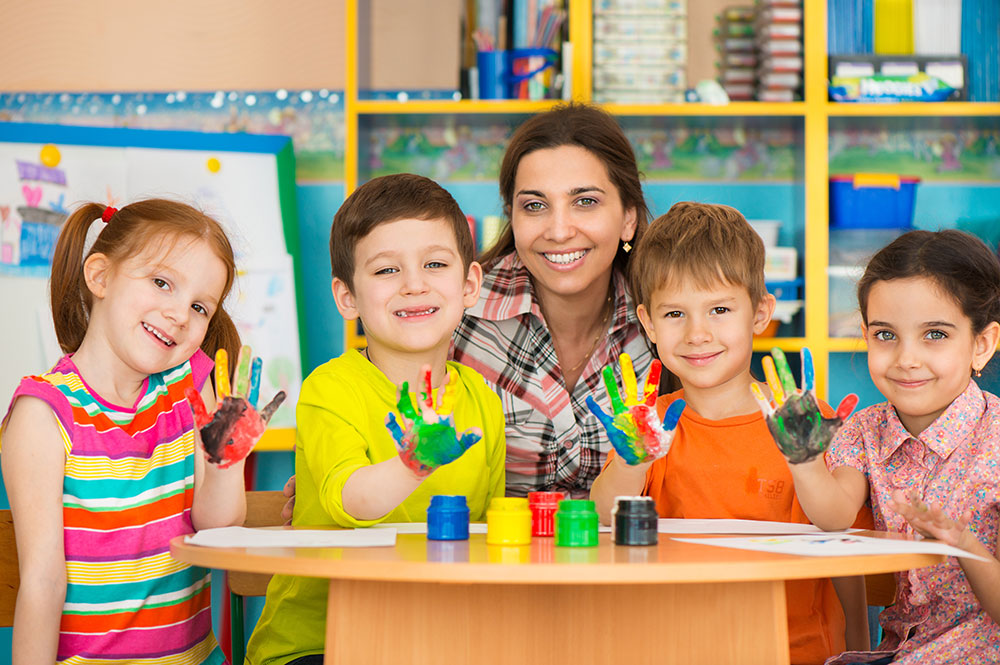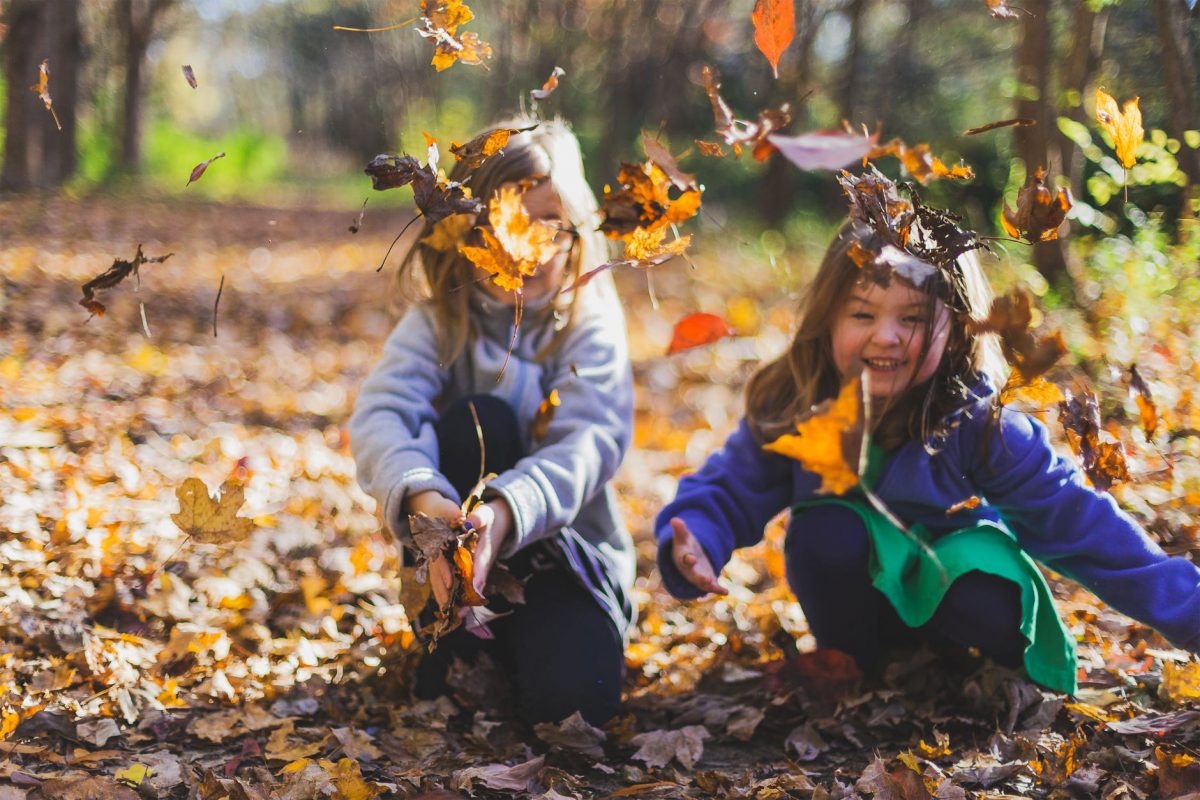Summer is a fun and exciting time for children, filled with lazy days at the pool, family vacations, and playing outdoors. However, it’s important to remember that summer break also means a break from structured learning for most children. As parents and caregivers, finding ways to promote continuing children’s development during this time is crucial.
Here are some tips on how you can keep your child engaged and learning throughout the summer:
Encourage Outdoor Activities
The warm weather and longer daylight hours make summer the perfect time to explore the great outdoors. Encourage your child to spend time outside playing games, riding bikes, or going on nature walks. These activities provide physical exercise, help develop gross motor skills, and stimulate creativity.
Plan Educational Field Trips
Summer is the perfect time to take your child on educational field trips. This could include visits to museums, zoos, or historical sites. These experiences will expose children to new and exciting things and help develop their curiosity and critical thinking skills.
Engage in Summer Reading
Reading is a fundamental skill that should be nurtured all year round. Take advantage of the extra free time in the summer to encourage your child to read for pleasure. Visit your local library regularly and let your child choose books they are interested in. You can also organize a book club with other parents and their children, creating a fun and social environment for reading comprehension discussions.
Enroll in Summer Camps or Classes
Summer camps and classes offer a variety of activities and learning opportunities for children. Look for programs that focus on your child’s interests, such as sports, arts, science, or music. These activities provide new experiences and help develop social skills and teamwork.
Involve Your Child in Daily Tasks
Simple household tasks like cooking, gardening, or organizing can be great learning opportunities for children during the summer break. Please encourage your child to participate and explain the reasoning behind each task, helping them develop life skills and critical thinking abilities.
Use Technology Wisely
While it’s important to limit screen time, technology can also offer valuable learning opportunities for children. Many educational apps, games, and programs can enhance your child’s skills in various subjects. Just be sure to monitor and balance screen time with other activities.
By incorporating these tips into your summer routine, you can ensure that your child continues to develop and learn during their break from school. So go out and explore, read, create, and most importantly, make memories with your child that will last a lifetime. Remember that learning doesn’t have to stop just because it’s summertime – with some creativity and effort, you can promote continuing children’s development all year round!


